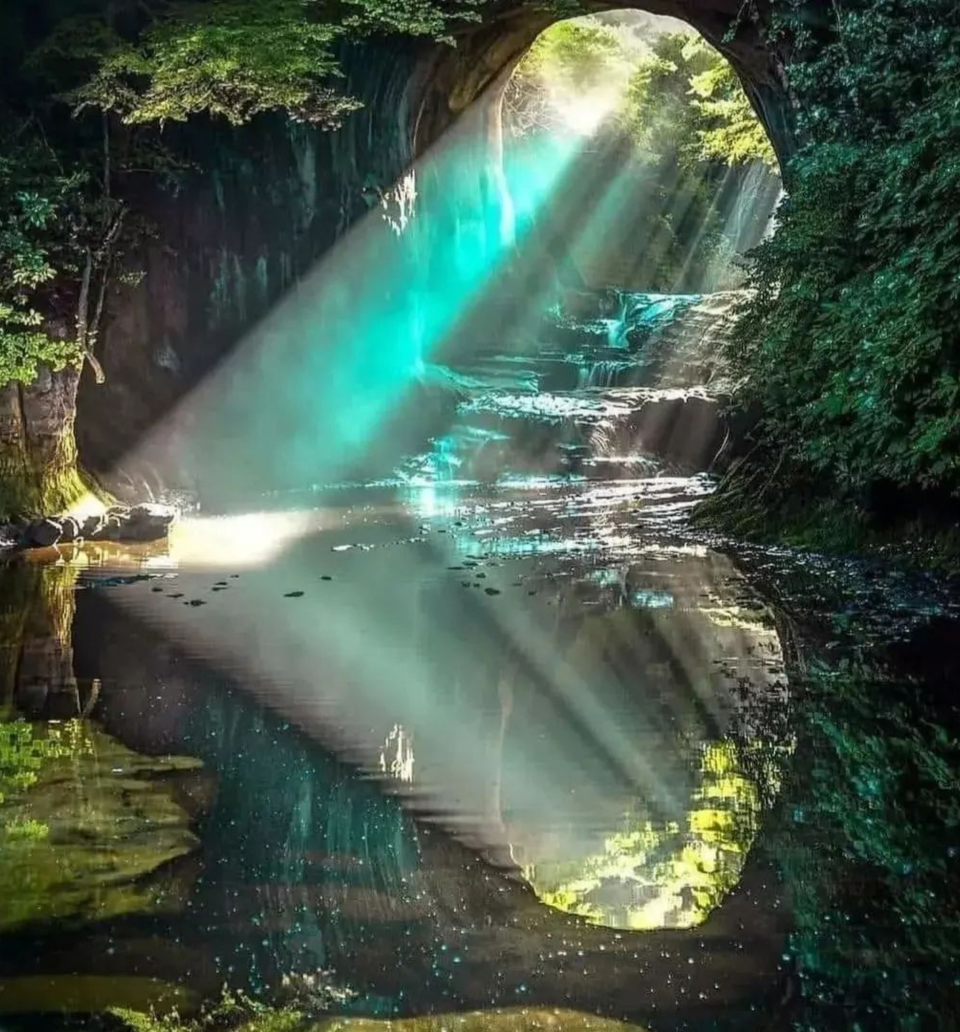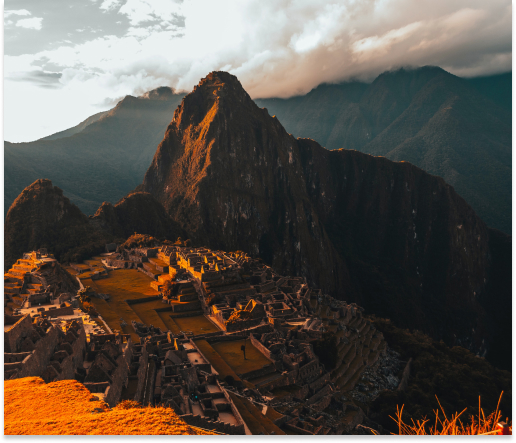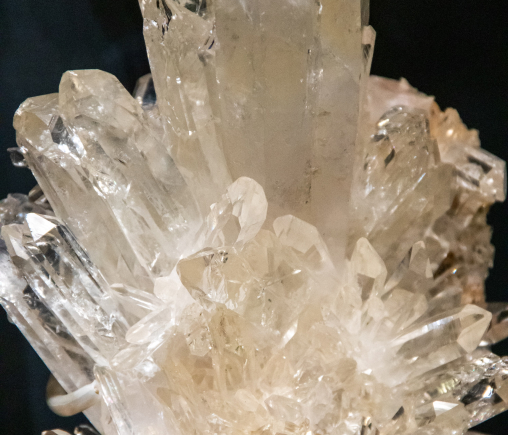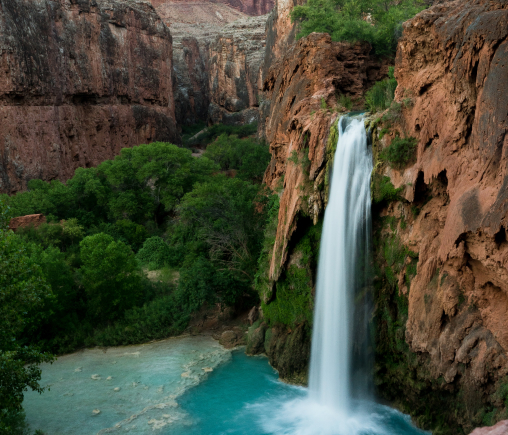
Latin American Treasures: The Lost and the Found
Sherizze Sean Acot

- Brazil - photo by Jessica Anderson
Diversity, dramatic landscapes, rich culture and festivals, soulful music and exquisite literature – one can never set aside Latin America. Known mostly for its hospitality, colorful costumes and dances such as mambo, salsa, cha-cha-cha and rumba, Latin America has a lot more to offer.
In the 1500’s, the term Latin America emerged during Europe’s Age of Discovery as a product of a combination of African, European and Indigenous culture and its legacy of colonialism. It is a region south of the United States and is comprised by countries in South America, Central America and the Caribbean that speak the Latin languages.
To date, there are 20 countries that make up Latin America: Argentina, Bolivia, Brazil, Chile, Colombia, Costa Rica, Cuba, Dominican Republic, Ecuador, El Salvador, Guatemala, Honduras, Mexico, Nicaragua, Panama, Paraguay, Peru, Puerto Rico, Uruguay and Venezuela.
With its multicultural features, it is with no doubt that a ton of treasures can be found within the region. Here are some of the most valuable treasures of Latin America.
Amazon Rainforest, Brazil
The beauty of nature is a treasure that the planet owns. Not only is it rich in aesthetic beauty but it is also a source of what is important to the existence of mankind. Such treasure lies in the heart of South America: the Amazon Rainforest, known to be the world’s largest and most exuberant rainforest that hosts about 80,000 kinds of trees, about 140,000 plant species and a massive diversity of fauna. Sixty percent of the total size of the Amazon is found in the territories of Brazil. It is so rich in biodiversity that it is often called the ‘lung of the world’. The Amazon River, which is the largest, longest and mightiest river on the planet, hosts 15 to 20% of the world’s freshwater.
However, a lot of our scientists worry that it could disappear as per the effects of climate change and deforestation, putting the world at a serious risk.
Machu Picchu, Peru
In the Andes Mountains of Peru at 2,430 metres above sea level, the symbol of the Incan empire sits: Machu Picchu. It has become the most visited tourist attraction in the country because of its extraordinary natural location, picturesque landscape and building styles. Built around 1450AD, Machu Picchu was named as a UNESCO World Heritage Site in 1983 and was included in the New Seven Wonders of the World in 2007. Impressive is an understatement if we take note of the citadel’s foundations as they were built to withstand earthquakes. Each stone was cut to fit together precisely so that not even a credit card can fit between them.
It is one of the most well-preserved cities of Inca because of its hidden location up in the mountains, making it invisible from below. It was only known locally when Yale Professor Hiram Bingham re-discovered the citadel in 1911 and is now used as an astronomical observatory.
Angel Falls, Venezuela
The region, being rich in natural treasures, also hosts Angel Falls, the world’s tallest uninterrupted waterfall with a height of 979 meters. Though it may be pretty cool to have a picture taken while jumping from the top of the waterfall, its height would kill a person. Considered also as one of the four most beautiful waterfalls in the world, it got its name from a US aviator, Jimmie Angel, who became the first person to fly over it in the mid-20th century. The beauty is located in Canaima National Park, a UNESCO World Heritage site and is the third largest national park in the world.
Fact or fiction – Lost cities and treasures
Latin America is not only famous for natural treasures and precious stones, it is also known as a ground for treasure hunting. Such can be found in their tales and legends that many people, up to this day, still have their interest in dealing with.
For centuries, different expeditions have been made in search of lost cities, especially in the region, that hide great treasures one can even fathom. According to stories, somewhere deep in the Amazons is Akakor, a secret underground city with tons of treasure. As famous as it gets, it partly influenced the 2008 film Indiana Jones and the Kingdom of the Crystal Skull.
Another is El Dorado, possibly the most famous legend of a lost city of gold, which has become synonymous to a quest for treasures and riches. Spanish conquistadors have led numerous expeditions to Colombia, Venezuela and Brazil in search of this legendary city of untold riches.
Furthermore, British Army officer and archaeologist Colonel Percy Fawcett considered finding the trails of the lost City of Z, another legendary lost city, as his life’s mission. In May 1925, Fawcett searched for the lost city in the Amazon; however, he was never seen again. Others say he stayed there upon discovering the city and lived as a king of the tribe while others say he was murdered.
Larimar gem
Diamonds are known to be a girl’s best friend. Latin America is a home of the finest emeralds, sapphire, amethyst, topaz and countless of other breathtaking gems. But have you heard of the Atlantis stone called Larimar? It is a blue pectolite with a colour similar to the tropical seas, found only in a remote mountainous region of the Dominican Republic, making it one of the rarest gems in the world. Rumor has it that the gem has healing properties. Originally, it was named “Travelina” by Miguel Mendez; however, it became Larimar after Mendez combined his daughter’s name, Larissa, with “mar” which is a Spanish term for sea.
Edgar Cayce, a psychic known as the “Sleeping Prophet”, foretold that a blue stone with healing properties which is a part of Atlantis will be discovered in the Caribbean. Many believed that the blue stone was Larimar, hence, it was also called the Dolphin Stone due to the link of dolphins to Atlantis. They also believe that the wearer of the gem can connect to the lost knowledge of the fabled great civilization.
With the wide array of treasures Latin America has to offer, it surely is a destination suited for those who seek adventure. It may take some time for us to discover such treasures but it is important to acknowledge too that treasures are not only limited to what the human eye can see.

By Author


The Ultimate Guide on How to Master Your Focus

What makes you strong?
no related post found

MESMERIZE: Where Artistry and Innovation Unite in a Ballet of Elegance

“Flowers are our favorite F word!”

Indulging in Love and Flavor at Playa: A Valentine’s Day Delight

MESMERIZE: Where Artistry and Innovation Unite in a Ballet of Elegance

“Flowers are our favorite F word!”

Indulging in Love and Flavor at Playa: A Valentine’s Day Delight




















